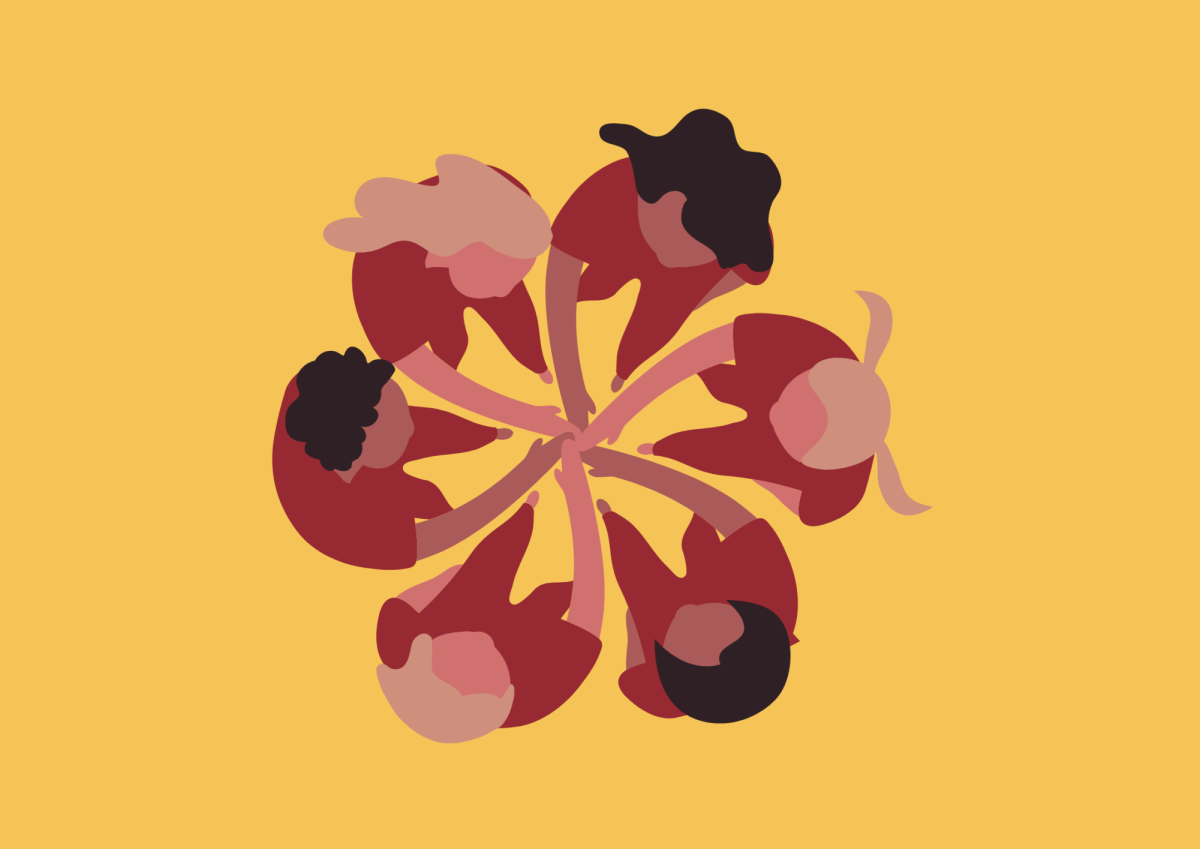Blepharoplasty. Sound terrifying? It is, if you ask Marilyn Leisz of New Jersey.
Despite selecting a board certified plastic surgeon with 25 years of experience, Marilyn is incapable of fully closing her eyes. She must use corneal lenses, apply steroid drops and wear an eye mask at night. Five years after the botched blepharoplasty, better known as “eyelid surgery,” a jury awarded Leisz $115,000.
Regardless of the risk, millions of people, ninety percent of whom are women, undergo elective blepharoplasty, a procedure that reshapes the eye by cutting away excess skin and/or fat. According to the American Society of Plastic Surgeons, 208,764 eyelid surgeries were performed in the United States in 2010.
In Asian countries like Taiwan, Hong Kong and China, double-eyelid surgery, or East Asian Blepharoplasty (EAB) is a simple, quick procedure that creates double (creased) eyelids, thus giving the appearance of larger, rounder eyes.
Is the double eyelids trend a form of “internalized racism” or “white-washing”? “You want to be part of the acceptable culture and the acceptable ethnicity, so you want to look more Westernized,” said Margaret M. Chin, a professor of sociology at Hunter College who specializes in Asian immigrant culture. “I feel sad that they feel like they have to do this.”
Chinese-American Carrie Chang is proud of her uncut eyelids and is a leading critic of the procedure. “Never has self-loathing been so utterly transformed into the core of the Asian aesthetic. Beauty has been warped to fit into a Caucasian person’s ideal, making Asians slaves to an aesthetic ultimately not of their making.”
In defense of double-lid surgery, American pop culture researcher and essayist, Kathleen Zane, challenges the notion that Asians seek blepharoplasty in order to become more culturally integrated, arguing in her essay “Reflections on a Yellow Eye,” that it is cosmetic and no different from a middle-aged woman wanting to reduce saggy eyelids. TV host Julie Chen recently announced that she underwent an EAB procedure in 1995 to make her eyes “appear bigger and rounder.”
Though the surgery itself is basically harmless, many people, particularly non-Asians, cannot fathom why anyone would choose to risk the most common disaster—two unevenly shaped or sized eyes.
According to an article from Seminars in Plastic Surgery, published by the National Institutes of Health, seventy percent of patients requesting blepharoplasties in Asia are under age 30.
“When I was a kid I had monolids but my mom (being the typical “beauty is everything” mom) said I should get double eyelids. She put this double eyelid tape on me for about two years. Not every day but every few weeks, and then it just kind of formed,” says Jessie C. (10). Race relations author Nadra Kareem Nittle calls it “internalized racism,” and compares this trend to the Jewish American nose-job epidemic of the 90’s. Some even believe double lids will improve their job prospects.
“In Korea, parents give their daughters plastic surgery as high school graduation gifts,” said Evonne P. (11).
Many Asians prefer double eyelids is because it creates a crease which gives the illusion of larger eyes.
“I beg to differ…monolids are rare and unique,” Crystal Y. (12) says. “If you have them, embrace your natural beauty!”
Blepharoplasty: all in favour say "eye"
December 31, 2013
1
0
More to Discover


![A myriad of impressive trophies and awards. [ANNABELLE HSU/THE BLUE & GOLD]](https://blueandgoldonline.org/wp-content/uploads/2025/09/Awards2-1200x512.jpeg)
![Students' calendars say goodbye to exam week. [ANNABELLE HSU/THE BLUE & GOLD]](https://blueandgoldonline.org/wp-content/uploads/2025/09/Exam-week-1200x740.jpg)
![A collection of college flags. [PHOTO COURTESY OF AMBER HU ('27)]](https://blueandgoldonline.org/wp-content/uploads/2025/05/IMG_5029-1200x577.jpeg)

![An SAT word cloud. [PHOTO COURTESY OF WORDCLOUDS]](https://blueandgoldonline.org/wp-content/uploads/2025/05/SAT.jpeg)
![Collage of banned books, including “The Handmaid’s Tale” by Margaret Atwood. [MINSUN KIM/ THE BLUE & GOLD]](https://blueandgoldonline.org/wp-content/uploads/2025/04/IMG_4274-1200x681.jpeg)
FelicitySandy • Apr 17, 2015 at 6:21 am
It was interesting to read the fourth paragraph with people wanting more of a round eye shape. Why do you think so many more Asian cultures are opting for blepharoplasty in particular? I might be looking to get a blepharoplasty procedure done, but I want to know more about the risks involved. What kind of things should I be potentially concerned about?
http://www.trustlink.org/Reviews/Strax-Rejuvenation-206032717